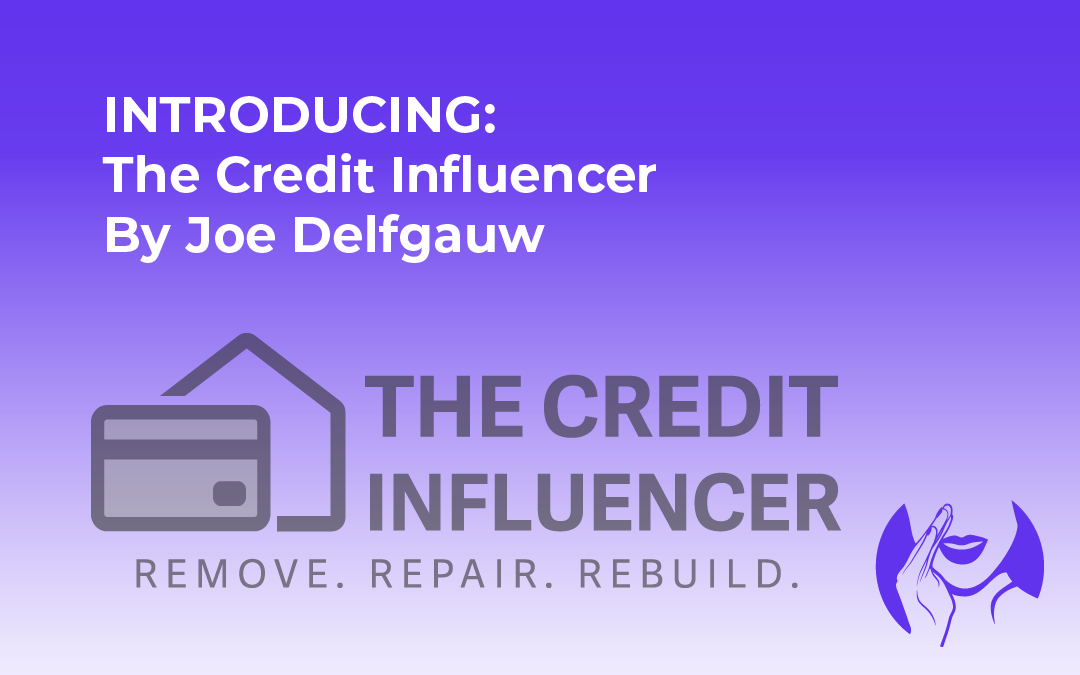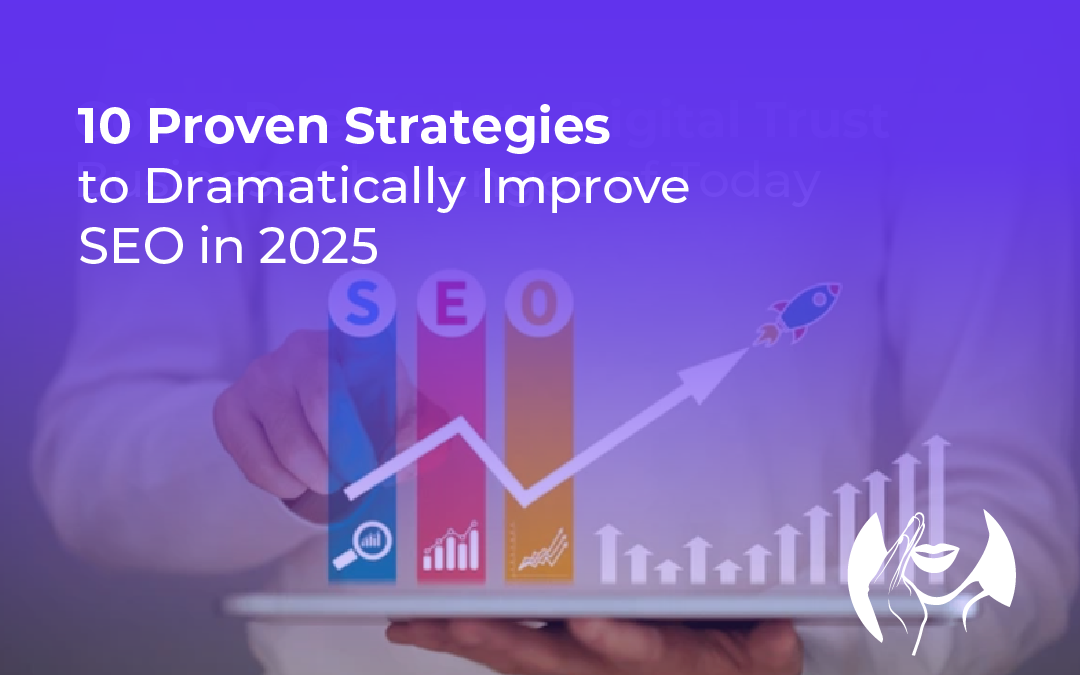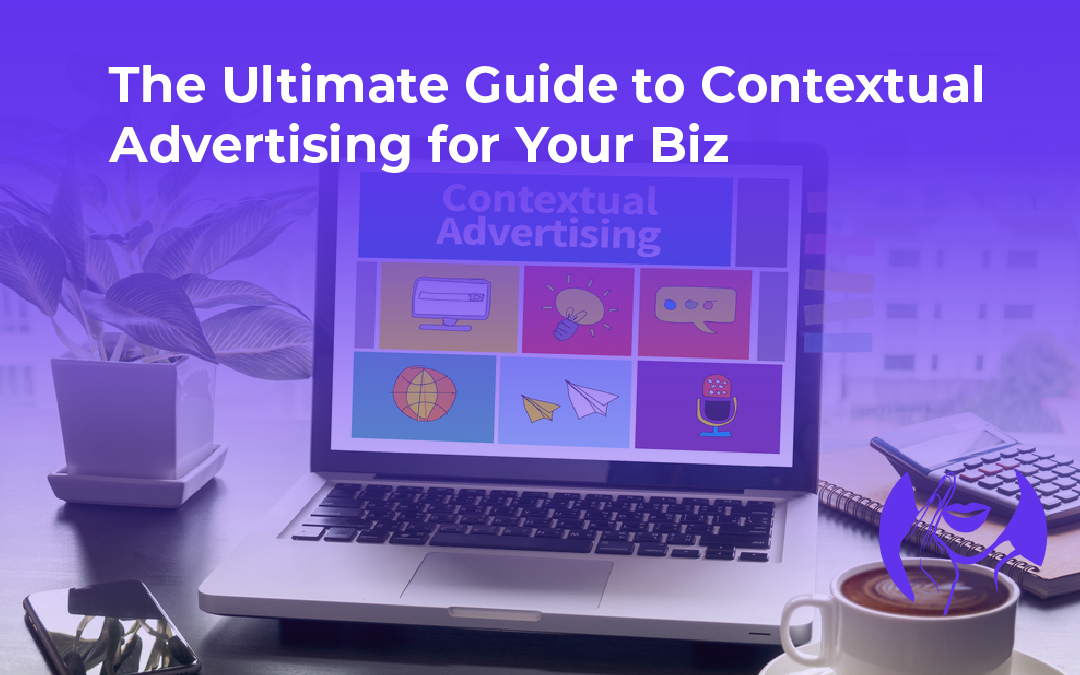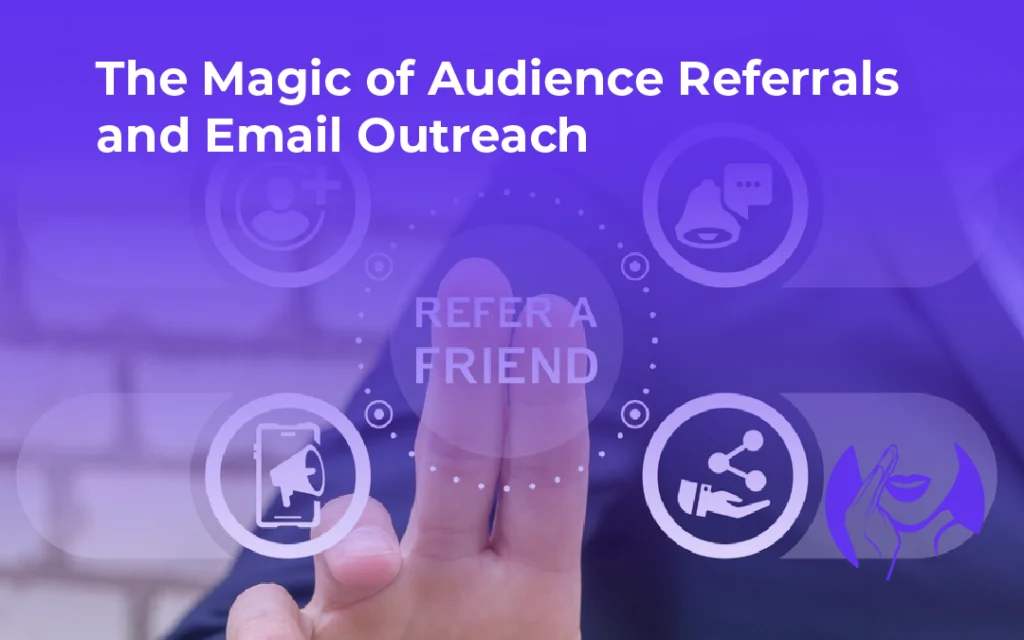Ever scrolled through a website and seen an ad that just felt right? Not creepy right, but actually relevant to what you were reading? That’s likely the magic of contextual advertising working behind the scenes. It’s a smarter way for advertisers to target relevant audiences, and understanding how contextual advertising helps is important for anyone in the digital space.
This approach allows for the placement of contextually relevant ads that align with the user’s current frame of mind. You’ll learn how it all works and why it matters so much in today’s advertising landscape.
Table Of Contents:

- What Exactly Is Contextual Advertising?
- How Does Contextual Advertising Actually Work?
- Why Should You Care About Contextual Advertising? The Benefits.
- Contextual vs. Behavioral Advertising: What’s the Difference?
- Real-World Examples of Contextual Advertising in Action
- Exploring Different Types of Contextual Ads
- Getting Started with Contextual Advertising (for Businesses)
- The Future of Contextual Advertising and Evolving Trends
- Potential Challenges and How to Overcome Them
- Conclusion
What Exactly Is Contextual Advertising?
So, what is this contextual advertising? Think of it as advertising that reads the room. These contextual ads are shown based on the content of the webpage a person is currently looking at, not based on their past browsing history or collected user data. It’s all about immediate relevance.

The main idea is to match advertisements with the topic or keywords on that specific page. For instance, if you’re reading about cloud computing, you might see ads for cloud storage solutions. This is different from ads that follow you around based on your past browsing; this is about the here and now and delivering contextually relevant content.
The system analyzes the page’s theme, the words used, and the overall subject matter. If you’re reading an article about hiking boots, you might see an ad for a brand of outdoor gear or even storage solutions for camping equipment. This approach focuses directly on the current context of what someone is consuming, ensuring contextual ads need context to be effective.
How Does Contextual Advertising Actually Work?
It might sound a bit like tech wizardry, but the process is fairly straightforward once you break it down. Several components work together to deliver those well-placed ads. It’s a quick, automated dance happening in milliseconds, leveraging a sophisticated contextual ad platform.
The Role of Keywords and Content Analysis
First, advanced systems scan the text and sometimes even images on a webpage. They use Natural Language Processing (NLP) to understand the content, almost like teaching computers to read and grasp meaning. These systems identify the main topics, themes, and specific keywords on the page, figuring out what you’re reading.
NLP goes beyond simple keyword matching; it tries to understand the sentiment and intent behind the text. This allows for a more nuanced understanding of the page’s content. These keywords and topics are vital signals, telling the ad system what the page is all about and helping to deliver the best contextual ads.
This content analysis is the foundation of accurate contextual ad placement. The better the analysis, the more relevant the ads will be. This detailed understanding helps advertisers target relevant information effectively.
Ad Networks and Real-Time Bidding (RTB)
Next, a contextual ad network or a general context ad network comes into play. Think of giants like the Google Display Network or other similar platforms. When a page with ad space loads, the ad network is alerted. It then uses the contextual information gathered to find a suitable ad for that placement.
Often, this involves Real-Time Bidding (RTB). In simple terms, RTB is an instant online auction. Advertisers bid for the chance to show their ad on that specific page, to that specific (but anonymous in contextual terms) user. The highest relevant bid wins, and their ad is displayed, all in the blink of an eye.
This process ensures that advertisers are paying a fair market price for the ad impression. The ad network facilitates this entire transaction smoothly and efficiently.
The User Experience
From your side, as the user, ads simply appear that hopefully align with what you’re currently reading or watching. This makes the advertisements feel less like an interruption. Instead, they can sometimes be a helpful addition, offering relevant products or services.

The big goal here is to make the ad experience better, not worse. When ads fit the content, they don’t jar you out of your browsing flow. Imagine walking into your favorite coffee shop; if the barista brings your usual caramel macchiato and also mentions a new pastry that pairs well, it feels helpful, not intrusive.
This is a win for everyone involved: the person seeing the ad, the business paying for it, and the publisher hosting it. Effective contextual advertising helps advertisers build positive brand associations.
Why Should You Care About Contextual Advertising? The Benefits.
Understanding the “how” is one thing, but why is it so important? Well, contextual advertising offers some serious advantages for pretty much everyone involved in the digital ecosystem. Let’s look at who benefits and how contextual advertising helps advertisers target relevant audiences.
For Advertisers
If you’re spending money on ads, you want them to work, and contextual advertising helps significantly. You get increased relevance because your ads show up next to content people are already interested in. This naturally means a higher chance of clicks from folks who are genuinely curious about what you offer, such as those looking for SaaS platforms or specific tech solutions.
This leads to a better return on investment (ROI). You’re not just throwing ads out there; you’re placing them strategically, meaning your advertising helps advertisers target effectively. This cuts down on wasted ad spend that would otherwise go to uninterested audiences, leading to more efficient campaigns.
Another huge plus is brand safety. Reputable contextual advertising platforms help ensure your ads appear on appropriate, relevant websites. This protects your brand’s image by avoiding placement next to unsuitable content; for example, an ad for a family-friendly product wouldn’t appear on a site with mature themes. Good systems allow for detailed controls, enabling advertisers to target relevant content with precision.
Plus, it’s a great way to reach new audiences. You can find people deeply engaged with topics related to your product or service, even if they’ve never heard of your brand before. They are already in the right frame of mind to consider your offering.
For Publishers (Website Owners)
If you own a website or blog, contextual advertising is a great friend. Because the ads are relevant, they generally lead to an improved user experience for your visitors. Less annoying ads mean happier readers, which is always a good thing for audience retention and engagement.
This relevance often translates into higher Click-Through Rates (CTRs) on the ads displayed. When visitors see ads that make sense with the content, perhaps through Google AdSense or other networks, they are more likely to click. For publishers, more clicks can mean more ad revenue.
It provides solid monetization opportunities, letting you earn from the valuable content you create. This can be a sustainable income stream for content creators. The best contextual ad networks strive to balance publisher revenue with user experience.
For Users
And what about you, the person browsing the internet? Contextual advertising aims to serve you better too. You get to see more relevant ads, making for a more pleasant online experience.
These contextually relevant ads can actually help you discover products, services, or information genuinely related to your current interests. Imagine reading an article about an upcoming Metallica concert and seeing an ad for concert tickets or merchandise; it feels timely and useful. Because they fit the context, these ads feel less intrusive and more like helpful suggestions.

Perhaps most importantly in today’s climate, contextual advertising is often seen as more privacy-focused. It mainly relies on the content of the page you are on, not your detailed personal browsing history or third-party user data. This makes a big difference to many people concerned about data tracking, especially as awareness of data privacy issues grows.
Contextual vs. Behavioral Advertising: What’s the Difference?
This is a common point of confusion, so let’s clear it up. While both aim to show relevant ads, they go about it in very different ways. Understanding this distinction is quite important, especially when considering strategies like behavioral targeting versus context-based approaches.
Behavioral advertising is the one you’re probably very familiar with; it’s a form of behavioral advertising that works based on your past online behavior. It uses things like cookies and your browsing history to build a profile of your interests. Then, it shows you ads based on that profile, often making ads for a product “follow” you across different websites after you’ve looked at it once.
Contextual advertising, on the other hand, focuses on the environment where the ad appears. It’s about the content of the specific webpage you are viewing at that exact moment, such as displaying product contextual ads relevant to the article. It doesn’t care what you looked at yesterday, only what you are looking at right now; for instance, it wouldn’t know if you ordered your usual caramel macchiato online unless you were currently on a coffee-related page.
Imagine this: Behavioral advertising is like a store clerk who remembers you bought hiking socks last week and suggests more hiking gear when you come in today, even if you’re now looking at cookbooks. Contextual advertising is like a librarian who sees you’re in the travel section and suggests a guidebook for Italy. It’s about your current, immediate interest and the context, very different from relying on tracked third-party user profiles.
The Interactive Advertising Bureau often provides resources detailing various advertising examples and their methodologies. Grasping these differences is fundamental for advertisers and users alike.
| Feature | Contextual Advertising | Behavioral Advertising |
|---|---|---|
| Data Source | Current page content, keywords | User’s past browsing history, cookies, third-party user data |
| Targeting Focus | Momentary interest, current page context | Long-term inferred interest based on past actions |
| Privacy Implication | Generally considered more private, less reliant on user data | Can raise more privacy concerns due to tracking |
| User Perception | Often less intrusive, can be seen as helpful | Can sometimes feel intrusive or “creepy” |
Both methods have their place and can be effective advertising examples. But, contextual advertising is getting a lot of fresh attention, especially with increasing concerns around data privacy and the deprecation of third-party cookies. It offers a way for advertisers to target relevant audiences without relying heavily on personal data.
Real-World Examples of Contextual Advertising in Action
Sometimes, seeing contextual advertising examples makes it all click. You’ve probably seen contextual advertising many times without even realizing it. Here are a few common scenarios showcasing different types of contextually relevant ads.

Picture yourself reading a detailed blog post reviewing the “best running shoes for marathon training.” Suddenly, you notice contextual display ads on the side or within the article for specific brands of running shoes or related gear like GPS watches. That’s contextual advertising doing its job effectively.
Or maybe you’re on YouTube, watching a tutorial on how to bake sourdough bread. The pre-roll ad or display ads you see might be for flour, baking equipment, or even online baking courses. This is contextual video advertising, aligning ads with the video’s content and demonstrating how advertisers target relevant interests.
Another common place is news websites. If you’re reading an article about recent stock market trends, it wouldn’t be surprising to see advertisements for online brokers or financial planning services. The contextual text ads or contextual banner ads match the financial theme of the article you chose to read.
Let’s say you’re browsing a popular recipe website, looking for a spicy chili recipe. The ads appearing might feature brands of chili powder, canned tomatoes, or even slow cookers; these are product contextual ads. This targeted approach is what contextual advertising is all about, matching ads to the current focus of the user, even if they’re just at their favorite coffee shop looking up recipes.
Imagine you are on a music news site reading about an upcoming Metallica concert. It would be highly relevant to see ads for Metallica merchandise, ticket resale platforms, or even other heavy metal bands touring soon. This type of contextual advertising helps advertisers target specific fan bases effectively.
If someone is researching cloud storage solutions for their business on a tech review site, they might see ads for various cloud storage providers. These ads are contextually relevant because the user is actively seeking information on that topic. It helps advertisers connect with potential customers at the exact moment of interest.
Exploring Different Types of Contextual Ads
Contextual advertising isn’t a one-size-fits-all approach; various ad formats can be employed contextually. Understanding these types helps businesses choose the best way to present their message. Each format has its strengths in delivering compelling ads.
Contextual Text Ads
Contextual text ads are perhaps the simplest and one of the oldest forms. These ads typically consist of a headline, a few lines of descriptive text, and a link to the advertiser’s website. They often appear alongside search engine results (though that’s keyword-based search advertising, contextual ads appear on content pages) or are embedded within website articles.
Their strength lies in their directness and ease of integration. Because they are text-based, they can blend naturally with the surrounding content, making them less disruptive. Effective contextual text ads use language that resonates with the topic of the page they appear on.
Contextual Display Ads
Contextual display ads are more visual and include formats like contextual banner ads, skyscraper ads, or leaderboard ads. These ads use images, graphics, and sometimes animation or video to capture attention. The visual elements of these ads are chosen to align with the context of the page.

For example, on a fashion blog discussing summer trends, contextual display ads might feature images of swimwear or sunglasses. The visual appeal of these ads can be very effective in attracting clicks, especially when the imagery is highly relevant to the content the user is consuming. This format is widely used across the display network.
Product Contextual Ads
Product contextual ads are particularly powerful for e-commerce businesses. These ads dynamically showcase specific products that are relevant to the content of the page. For instance, if you’re reading a review of a particular digital camera, you might see product contextual ads featuring that camera model, along with its price and a direct link to purchase it.
These ads are highly targeted and can significantly shorten the path to purchase. They leverage the user’s immediate interest in a product category or specific item by presenting a direct shopping opportunity. Many top contextual ad networks offer robust solutions for product-based advertising.
Native Advertising (Contextual Approach)
Native advertising, when executed contextually, aims to blend seamlessly with the surrounding content in both form and function. These ads mimic the look, feel, and editorial style of the publisher’s site. A contextually placed native ad would discuss a topic highly relevant to the page it’s on, providing value while subtly promoting a product or service.
The key is relevance and non-disruption. When native advertising aligns closely with the user’s current interest, it can be very effective. However, transparency is crucial, and these ads should always be clearly labeled as sponsored content.
Getting Started with Contextual Advertising (for Businesses)
If you’re a business owner or marketer, you might be thinking this sounds pretty good for when advertisers target relevant audiences. So, how do you actually get started with using contextual advertising? It involves a few key steps to set yourself up for success and find the best contextual ads strategy.
Choosing the Right Contextual Ad Platform
First, you’ll need to pick a contextual ad platform that offers strong targeting options. The most well-known is probably Google Ads, specifically through its Google Display Network. It reaches a massive number of websites and offers sophisticated tools for contextual targeting.
But, they aren’t the only game in town. Many other ad networks and demand-side platforms (DSPs) provide robust contextual capabilities. When evaluating options, consider the reach of the context ad network, the granularity of its targeting (e.g., by keyword, topic, sub-topic), the types of contextual ads supported (text, display, video), and its reporting features. Brand safety controls are also critical to ensure your ads appear in appropriate environments.
Some of the best contextual ad networks and top contextual ad networks differentiate themselves through advanced semantic analysis, access to exclusive publisher inventory, or specialized tools for niche industries. Research platforms like Microsoft Advertising, Amazon DSP, or various independent contextual ad specialists. Look for platforms that have transparent reporting and good content analysis technology because, fundamentally, contextual ads need context understanding to work.
Defining Your Keywords and Topics
This step is absolutely critical for your contextual advertising strategy. You need to do thorough keyword and topic research. Don’t just think about keywords directly related to your product; consider the broader topics your ideal customer is interested in when they might be open to what you offer. Contextual advertising helps advertisers by reaching users in this specific mindset.

Put yourself in your customer’s shoes. What kind of articles are they reading, or videos are they watching, right before they realize they need a solution like yours, be it cloud solutions or a new gadget? You can also use negative keywords. These tell the ad system where you don’t want your ads to show, helping you avoid irrelevant placements and wasted budget on audiences who aren’t a good fit.
For example, if you sell premium coffee beans, you might target articles about home brewing techniques, coffee machine reviews, or even content about sustainable farming if your beans are ethically sourced. Think about the entire ecosystem around your product or service.
Crafting Compelling Ad Copy and Creatives
Even with the best targeting in the world, your ad itself needs to be compelling. The ad copy and creative elements, like those in contextual banner ads or contextual display ads, should ideally resonate with the context in which it’s likely to appear. For example, if your ads are targeted to appear on pages about budget travel, your ad copy could emphasize value or affordability.
Make sure your message is clear and you have a strong call to action (CTA). What do you want people to do after seeing your ad? Make it obvious and easy for them. Testing different ad variations, including various contextual text ads and visual designs, is also a smart move to optimize performance.
Your creatives should not only be relevant but also engaging. High-quality images or videos in display ads can significantly improve click-through rates. The goal is to create compelling ads that capture attention positively.
The Future of Contextual Advertising and Evolving Trends
Contextual advertising isn’t static; it’s actually getting smarter and more important. Several trends are shaping its future, making it an exciting space to watch. This evolution is particularly relevant as the digital landscape changes.
The Rise of AI and Semantic Understanding
Artificial intelligence (AI) is playing a bigger role in how contextual advertising helps advertisers. AI algorithms are becoming much better at semantic understanding. This means they don’t just look for keywords; they can understand the actual meaning, nuance, and even sentiment of the content on a page, discerning if you’re reading about a positive or negative event.
This deeper comprehension allows ads to be matched not just to topics, but to the subtle context of the discussion. For example, AI can distinguish between a news article praising a company’s financial performance and one criticizing its environmental record, ensuring ads are placed appropriately. This precision is vital because contextual ads need context at a granular level.
Such advancements lead to far more precise and effective contextual targeting, making ads feel even more natural and less intrusive. The industry continues to see innovation in AI-driven contextual analysis.
Video Contextual Advertising
Video is huge, and so is contextual advertising within video content. Systems can now analyze the audio transcripts, on-screen text, and visual elements of videos to determine their context. This allows for highly relevant ads to be placed as pre-rolls, mid-rolls, or overlays on platforms like YouTube and others.
As video consumption continues to soar, this form of contextual advertising will only grow in significance. Expect to see more innovation here, with even better matching of ads to specific moments or themes within videos. This offers a rich environment for engaging storytelling through ads.
Cookieless Future and Contextual’s Renewed Importance

Perhaps the biggest driver for the resurgence of contextual advertising is the move towards a “cookieless” internet. Major browsers are phasing out support for third-party cookies due to privacy concerns. This is a massive shift for digital advertising and how advertisers target users.
Behavioral advertising heavily relies on these cookies and the third-party user data they collect. Without them, its reach and precision are impacted significantly. This is where contextual advertising really shines because it doesn’t depend on tracking individual users across the web.
Because it’s based on page content, not individual user tracking or extensive user data profiles, it’s a privacy-friendlier way to achieve relevant advertising. It is quickly becoming a cornerstone of privacy-first advertising strategies. Many marketers are reinvesting and focusing on contextual solutions as a reliable path forward to reach relevant audiences effectively.
Potential Challenges and How to Overcome Them
While contextual advertising has many strengths, it’s not without its challenges. Being aware of these can help you navigate them more effectively. It’s good to go in with eyes open when implementing any advertising strategy.
Broad or Ambiguous Content
Sometimes, webpage content can be very broad, or its meaning might be ambiguous. This can make it tricky for automated systems to determine the precise context for ad placement. An article with a clickbait title, or one discussing a term with multiple meanings (like “Java” for coffee, the island, or the programming language), might not clearly signal its true topic.
However, advanced contextual systems, especially those powered by AI, are getting better at this. They often look beyond just the immediate page, considering factors like the overall theme of the website, the authority of the domain, or surrounding content cues. This helps improve accuracy even when individual page content is a bit vague, helping ensure the contextually relevant ads are indeed relevant.
Careful keyword selection, including negative keywords, and using topic targeting can also mitigate this challenge. Publishers also play a role by properly categorizing their content.
Ad Blindness
This is a challenge for all forms of advertising, not just contextual. Users see so many ads that they can sometimes become “blind” to them, simply tuning them out. It is a known phenomenon that marketers consistently battle to capture attention.
Contextual advertising can help combat this to some extent. Because the ads are more relevant and less disruptive, they are less likely to be perceived as annoying clutter. Creative and engaging ad formats, such as well-designed contextual display ads or useful product contextual ads, combined with strong contextual relevance, have a better chance of catching a user’s attention positively.
Testing different ad placements and formats can also help. Sometimes a less conventional placement can break through the noise. The goal is for the ad to feel like a natural extension of the user’s current experience.
Scalability for Niche Topics
If your product or service is extremely niche, finding enough relevant web pages to advertise on contextually might sometimes be a challenge. The pool of highly specific content might be limited, making it difficult to find placements through your chosen contextual ad platform. This can make it harder to scale your campaigns to reach a large audience through contextual targeting alone.
To address this, advertisers can broaden their topic targeting slightly to include related “shoulder” niches. For example, a seller of rare collectible stamps might also target content about general history or antique collecting. They might also combine contextual targeting with other privacy-compliant methods, or explore a wider range of contextual ad networks, including smaller, specialized ones that might have access to more diverse or niche inventory.
Continuous testing and refinement of targeting parameters are key. Sometimes, targeting a slightly broader but still relevant audience can yield good results while providing more scale.

Conclusion
Contextual advertising really is a powerful and intelligent way to connect businesses with the right audiences at the right time. It respects user attention by focusing on relevance based on current interest, demonstrated by what you’re reading or watching. This makes it a much more welcome form of digital marketing for many people, moving away from reliance on extensive third-party user data.
The core principle that contextual ads need context ensures a more harmonious relationship between content and advertising. Whether through contextual text ads, engaging contextual display ads, or specific product contextual ads, the goal is alignment. As the digital landscape continues to shift, especially with growing privacy awareness and changes in data tracking like the move away from cookies, the strengths of contextual advertising are becoming even more apparent.
It offers an effective, sustainable, and more user-friendly path for advertisers to target relevant audiences and a better overall experience for internet users. The best contextual ad networks and platforms are continually improving their technology to make this alignment even more precise. If you are not already exploring its potential, now is certainly a great time to start considering how contextual advertising can benefit your marketing efforts.














